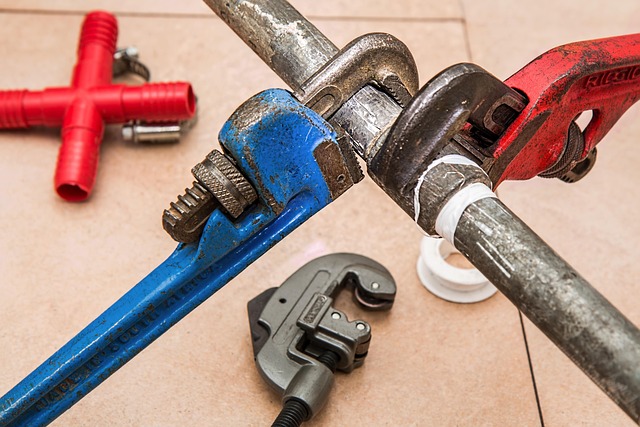Exterior Upkeep: Durable Materials for Weather Resistance
Exterior maintenance depends on selecting materials that stand up to wind, rain, sun, and freeze-thaw cycles. This article outlines durable options for common elements—from structural lumber and corrosion-resistant fasteners to weather-rated paint and resilient fixtures—so homeowners and professionals can make informed choices for renovation, DIY, rentals, and long-term sustainability.

Exterior Upkeep: Durable Materials for Weather Resistance
Maintaining a building exterior is about matching materials and methods to the local climate. Durable choices limit moisture intrusion, UV damage, and corrosion while reducing long-term maintenance. This overview looks at practical options for common exterior systems, explains performance trade-offs, and highlights how tools, fasteners, paint, lumber, plumbing, and electrical components factor into renovation, DIY projects, rentals, and sustainable practices.
Which tools suit exterior weatherproofing?
Right tools make weatherproof work safer and more effective. Cordless impact drivers and saws with appropriate blades speed installation of exterior siding, trim, and decking; caulking guns and heat guns help seal joints and recover flashing details. Quality hand tools—tape measures, levels, pry bars, and tin snips—are essential for accurate fits and cuts. For contractors and homeowners, maintaining tool sharpness and battery life reduces mistakes that can compromise seals against rain and wind. Consider rentals for specialty equipment to control upfront costs without sacrificing capability.
What fasteners and fixtures resist corrosion?
Fasteners and fixtures on the exterior should resist rust and galvanic corrosion. Stainless steel and hot-dip galvanized screws, nails, and bolts are preferred where moisture and salt are present. For connections between dissimilar metals, use compatible materials or insulating washers to avoid electrochemical reactions. Exterior-grade fixtures—hinges, door hardware, and light fittings—should have protective coatings and seals to prevent water ingress. Choosing the right fasteners, and installing them with proper tools and sealants, preserves structural integrity and reduces the need for frequent replacements.
How to choose paint for long-term protection?
Exterior paints and stains protect substrates from UV, moisture, and biological growth. Acrylic latex paints offer flexible adhesion on many surfaces and resist chalking under sun exposure, while specific oil-based primers can help seal knots in certain lumber. Use breathable coatings on historic or moisture-prone walls to allow trapped moisture to escape. Proper surface preparation—cleaning, priming, and addressing underlying rot or rust—affects longevity more than the paint brand. For fences, trim, and decks, consider stains or specialized deck coatings that penetrate and repel water with UV inhibitors for color retention.
Which lumber options withstand moisture?
Choice of lumber influences durability in wet conditions. Pressure-treated wood is widely used for ground-contact areas and decking because preservatives slow decay. Naturally rot-resistant species—such as cedar or certain tropical hardwoods—perform well for cladding and trim without heavy chemical treatment. Engineered wood products and composite decking offer dimensional stability and reduced splitting, though their performance varies by formulation. Proper flashing, drip edges, and clearances from the ground are equally important to prevent moisture accumulation and extend service life.
How do plumbing and electrical components hold up?
Exterior plumbing and electrical systems need weather-rated materials and installation details to prevent failures. Exposed plumbing should use UV-stable pipes or be shielded, and valves and fixtures should be frost-protected in cold climates to prevent bursting. For electrical work, weatherproof enclosures, GFCI protection, and corrosion-resistant conduits and connectors are essential. Fixtures intended for wet locations must carry appropriate ratings; seals and gaskets should be inspected periodically. Packaged exterior systems designed for outdoor use often simplify installation and reduce long-term maintenance risks.
How to plan renovation, DIY, rentals with sustainability?
Durability and sustainability go hand in hand: longer-lasting materials reduce waste and lifecycle impacts. When planning renovation or DIY projects for rental properties, prioritize long-wearing finishes, replaceable components, and reversible upgrades that simplify future repairs. Consider reclaimed or sustainably sourced lumber and low-VOC paints to lower environmental footprint. Renting specialty tools or equipment can lower materials waste by avoiding the purchase of seldom-used items. For resale or tenant turnover, document choices and maintenance instructions to preserve material performance.
In summary, weather-resistant exterior upkeep relies on selecting compatible, climate-appropriate materials and following good installation and maintenance practices. Thoughtful choices in tools, fasteners, paint, lumber, plumbing, and electrical components reduce deterioration and support sustainability. Regular inspections and timely repairs extend service life and protect the performance investments made during renovation or routine DIY maintenance.






